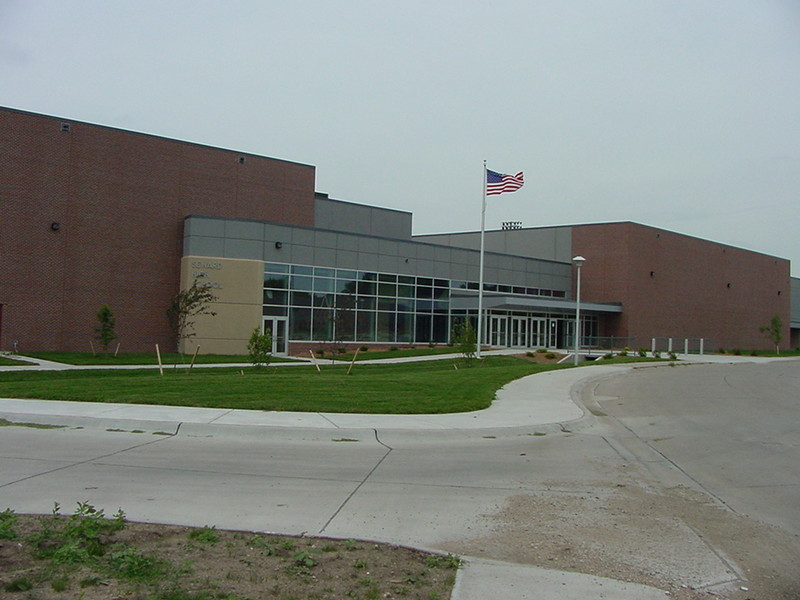High School Course Offerings Study
This past summer there were a number of people in our school district who approached the new administrators about adding additional staff members and/or programs at the high school. Comments were made about “the good old days” when we were able to offer more to our students. There were also some comments made about an “Instructional Unit Comparison Study” that was done after the 2005-2006 school year that showed Seward High School ranked 25th out of the 27 Class B public schools in Nebraska in regard to the total number of instructional units offered.
We took these comments to heart and they dominated the discussion at our administrative meetings this past summer and fall. We asked ourselves if our course offerings were really as bad off as people, and the instructional unit report, lead us to believe. Ultimately, we decided that we needed more information to make a better comparison of the course offerings students at Seward High School have vs. students in other similarly sized high schools in our area. We decided to gather information from all of our conference schools and a few other Class B districts. In each curricular area we gathered data from each district on number of teachers, course offerings, and instructional units.
We knew going into this data gathering process that the data would prove we offer fewer instructional units than most other districts, but we needed to see how we compared in the number of teachers we employ in each curricular area, as well as the number of course offerings. We felt this information would help us determine why our instructional units are less than other districts. The majority of the people do not understand instructional units and the many factors that change the end result. It is too complicated to explain in great detail, but in short, length of a class period, number of days the class meets, course titles, and alternating courses (this is just a partial list) all effect the number of instructional units offered. If a school has multiple sections of the same class, that class only counts one time as far as instructional units are concerned. For example, Seward High School might teach 3 sections of accounting II, yet we only get to count instructional units for one class. Another school might teach one section of accounting II, a section of accounting III, and a section of business management thus their three classes would generate triple the instructional units. Obviously, if we have a large number of students who wish to take accounting II, we will need to offer more than one section. This is just an example to show you how such things can result in large instructional unit discrepancies between school districts.
The data gathering process was tedious, and in some instances getting comparisons down to great detail was difficult, but for the most part we believe that the data we gathered will be useful in allowing us to compare how our instructional offerings and course offerings compare to those in other high schools. The information will also help us pinpoint what our deficiencies might be.
In summary, the data we have gathered shows that we are considerably behind other high schools in relation to instructional units. It also shows that we are a little bit behind as far as course offerings go, but not to the same degree the instructional units might suggest. Over all, the number of teachers we employ is about average for the group of schools we compared to, even though our enrollment is below average for the group. This data suggests that we need to look within our schedule to improve our course offerings and instructional units. It does not mean we won’t look at hiring additional teachers at the high school, but in our opinion the need isn’t as drastic as some people might suggest. The nice thing about gathering data for each curricular area is that we can see in which areas we have needs.
Please be mindful that this does not mean we are doing away with the block schedule. There are definitely some things that can be done to increase offerings and instructional units, and in the end the schedule may change. Those determinations have not yet been made. There are definitely advantages and disadvantages to the numerous high school schedules found throughout Nebraska.
If you would like to view a presentation on the data we gathered, please click on the following link: Curriculum and Course Offerings.
If you have any suggestions or input on this topic, please visit with Dr. Barnes, Mr. Best, or Mr. Denker in person, via telephone, or you may email Superintendent Greg Barnes at Greg.Barnes@connectseward.org, Brad Best at Brad.Best@connectseward.org, or Chad Denker at Chad.Denker@connectseward.org.




 Launch the media gallery 1 player
Launch the media gallery 1 player